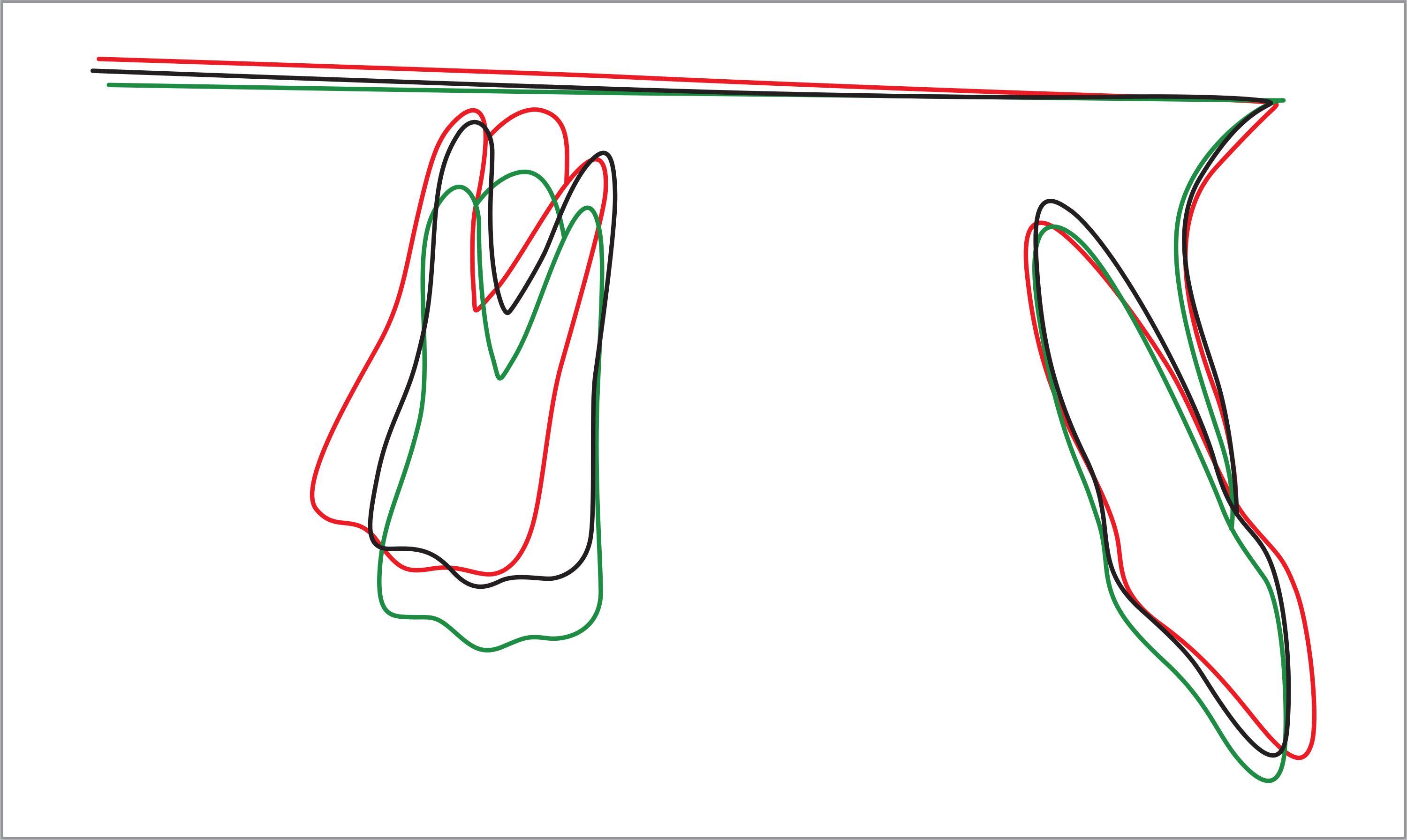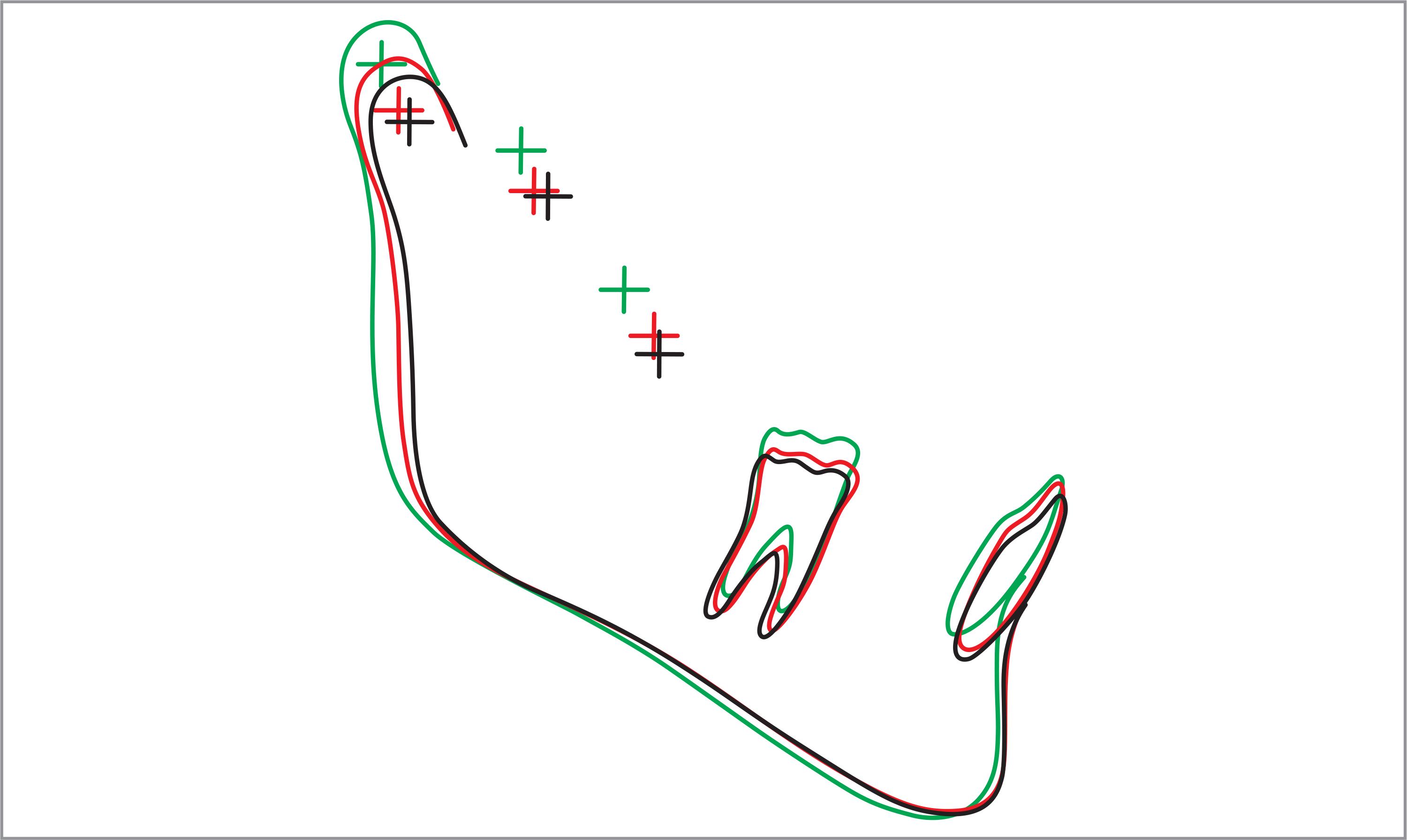OBJECTIVE:
The aim of this study was to cephalometrically assess the skeletal and dentoalveolar effects of Class II malocclusion treatment performed with the Jones Jig appliance followed by fixed appliances.
METHODS:
The sample comprised 25 patients with Class II malocclusion treated with the Jones Jig appliance followed by fixed appliances, at a mean initial age of 12.90 years old. The mean time of the entire orthodontic treatment was 3.89 years. The distalization phase lasted for 0.85 years, after which the fixed appliance was used for 3.04 years. Cephalograms were used at initial (T1), post-distalization (T2) and final phases of treatment (T3). For intragroup comparison of the three phases evaluated, dependent ANOVA and Tukey tests were used.
RESULTS:
Jones Jig appliance did not interfere in the maxillary and mandibular component and did not change maxillomandibular relationship. Jones Jig appliance promoted distalization of first molars with anchorage loss, mesialization and significant extrusion of first and second premolars, as well as a significant increase in anterior face height at the end of treatment. The majority of adverse effects that occur during intraoral distalization are subsequently corrected during corrective mechanics. Buccal inclination and protrusion of mandibular incisors were identified. By the end of treatment, correction of overjet and overbite was observed.
CONCLUSIONS:
Jones Jig appliance promoted distalization of first molars with anchorage loss represented by significant mesial movement and extrusion of first and second premolars, in addition to a significant increase in anterior face height.
Malocclusion; Angle Class II; Corrective Orthodontics; Tooth movement



